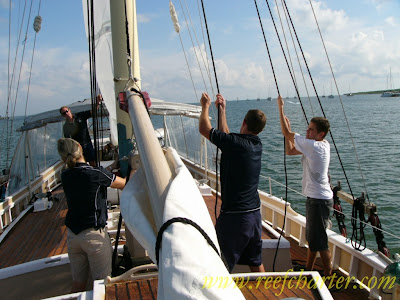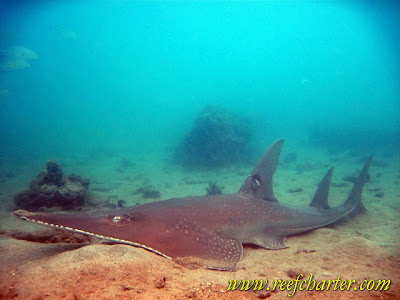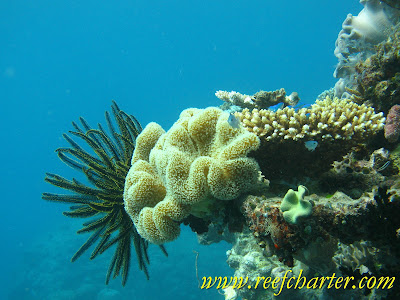Every month we publish our customer survey results and this month is no exception. These surveys as our guests know are compiled independently and published every month by James Cook University and aggregated from various operators every quarter. Why do we publicly expose these survey results? We think that you should have all the information available to you before making your decision on the best way to see the reef. I would also recommend that you ask other operators for their customer feedback or independent survey results before making your choice. We understand that seeing the Great Barrier Reef for many people is a lifelong dream and for many other a once in a lifetime experience, there making sure you have something to remember fondly for years to come.
Who Came on Our Trips
44% from N.America and 37.5% from Europe ,
28.5% professionals,
50% travelling with their parner,
100% first time visitors to TNQ, 94% first time reef visitors.
What They Thought
Reef met expectations: 73.3% very much & 26.7% yes
Trip met expectations: 60% very much & 40% yes
Received value for money: 94% yes
Would recommend the trip: 100% yes
Average satisfaction score: 8.88 /10
Shovelnose Ray – Species of the Reef
These rays are a great thrill when you get one that is remaining still enough for you to get a good look it. Our divers always remark and remember the encounter as one to remember for years to come.
There is no wondering how this fish got its name, its big wide flat head and the way it works its way across the sand clearly resemble a shovel. They are also known as the guitarfish. Looking like a cross between shark, ray and fish the shovelnose ray is something completely different.
The shovelnose ray eats small crustaceans and are therefore seen around the base of reefs and grassy sea beds. When not feeding they like other rays they tend to bury themselves in the sand. So when diving keeping a close eye out and paying close attention to your surroundings you may catch one of these guys chilling out in the sand. But stay away as they are timid creatures and will probably take off as soon as you approach, so just check them out from a distance.
The shovelnose ray gives birth to live young and often twins, yes two at a time. The young normally stay around the area of their birth until they mature and start to wander off and explore areas of their own. They can grow up to about 1.8m or 6ft and have about 65-70 rows of teeth.
Feather Stars – Species of the Reef
.
Feather Stars (Scientific Family: Crinoids) are one of the most peaceful and beautiful starfish. They are a common and fantastic sight on the Great Barrier Reef. There are over 1800 species of starfish globally living in the shallowest waters down to 6000 meters (20000ft) deep. Feather stars make up only just over 500 species of the entire starfish family.
The feather starfish use this arms to filter the food from the passing currents and then pass it down to there mouth. Very different from the traditional starfish that feeds from the bottom and moves along the ground to feed. The feather star has “feet” called cirri that is uses to append itself to fan coral, or other perches where it can feed from a nice passing current.
They also have many more then the traditional 5 arms associated with a starfish. The amount of arms depend on the species and health of the starfish, most species have around 20 arms while some can have over 200. These arms are covered with a sticky substance which it uses to help catch the passing food and pass it down the stars mouth. It is important not to handle these stars as you can severely disrupt their feeding if they are man-handled.
What eats these starfish, well most fish leave them alone. Maybe they are too peaceful, beautiful or graceful to eat?
They breed by releasing sperm and eggs into the surrounding water. The eggs hatch to produce a larva that after a few days float down to the ocean floor or reef where it undergoes a metamorphosis to the adult form.
.
January 2010 Customer Survey Results
Our independently done Customer Survey Results for January have come in and again our crew have done an great job returning some impressive numbers. We also have to thank mother nature for putting on some great weather and giving us such an breath taking backdrop in which we have the pleasure of working everyday.
Thanks to all the guests who came out with us for the great times we had together and if you filled out a survey thanks for your valued feedback and hope to see you all again.
Why They Chose Our Trip:
62.5% Recommendation and Package.
What the Experience Was Like:
Reef exceeded expectations: 85.7%
Trip exceeded expectations: 85.7%
Average satisfaction score: 8.75 /10



